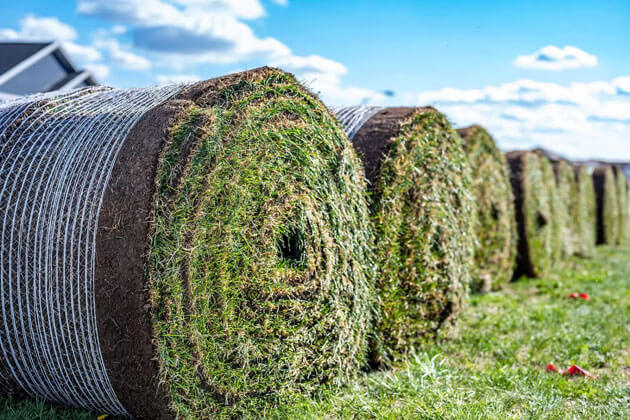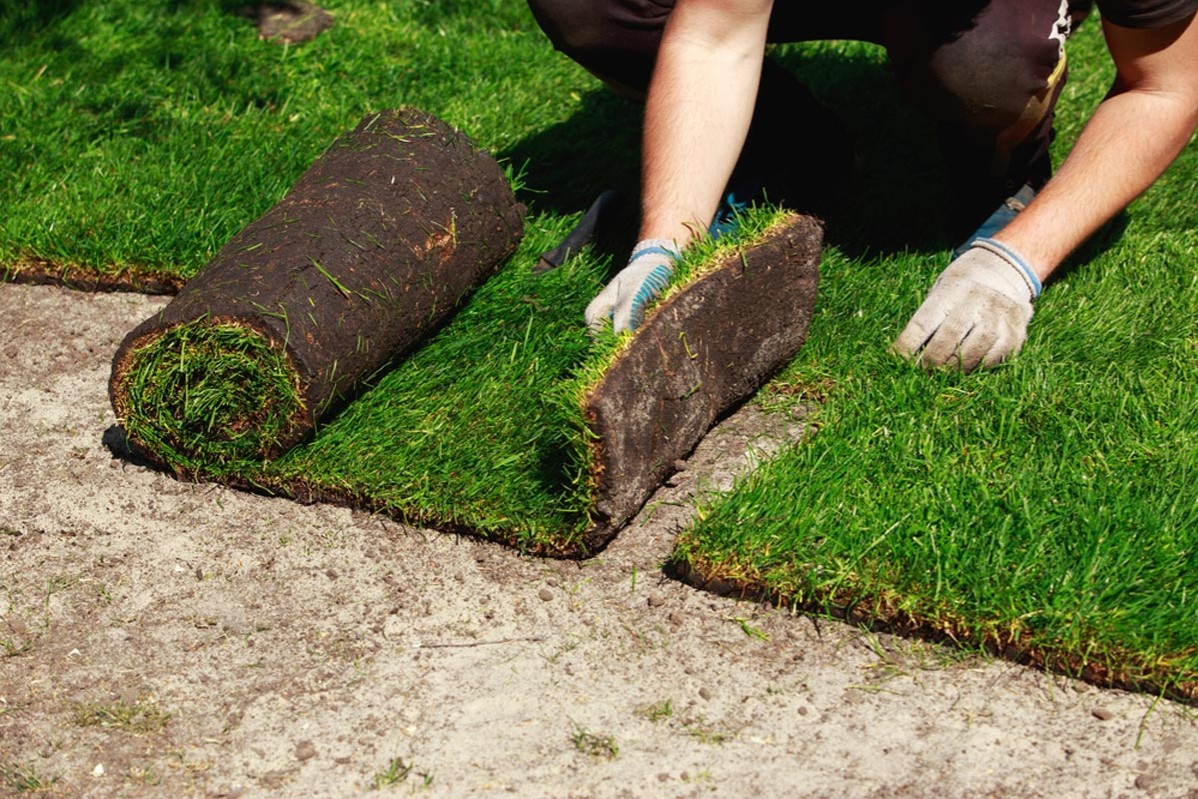The Ultimate Guide to Hydroponic Solutions and Techniques
In the world of contemporary agriculture, hydroponic systems have emerged as a revolutionary method for cultivating plants without dirt. As we uncover the complexities of hydroponics in this thorough overview, we will browse with the numerous types of systems, explore the necessary nutrients essential for plant growth, and dive right into sophisticated methods that can dramatically boost returns.
Benefits of Hydroponic Systems
Hydroponic systems supply a wide variety of benefits, including reliable resource utilization and precise nutrient delivery to plants. By providing a regulated atmosphere for plant development, hydroponic systems enable optimum water and nutrient usage, leading to higher returns compared to traditional soil-based farming. This effectiveness not just conserves resources yet likewise lowers waste, making hydroponic systems eco-friendly.
Moreover, the precise distribution of nutrients in hydroponic systems permits personalization based upon the details requirements of each plant selection. This targeted method guarantees that plants obtain the ideal equilibrium of necessary nutrients, advertising healthier development and decreasing the danger of nutrient shortages or discrepancies. Furthermore, the capacity to readjust and check nutrient levels in real-time maximizes plant efficiency and general plant high quality.
In addition, hydroponic systems get rid of the need for herbicides and pesticides, as the closed-loop system lowers the threat of pests and conditions that are commonly discovered in soil-based agriculture - The Indoor Earthworm. This not just benefits the plants and the environment but likewise contributes to creating cleaner, healthier plants for consumption
Sorts Of Hydroponic Setups

Deep Water Society (DWC) includes suspending plant roots in a nutrient remedy, permitting sufficient oxygenation. Nutrient Film Method (NFT) uses a superficial stream of nutrient remedy streaming over the plant roots, supplying a continuous supply of nutrients. Ebb and Flow systems flood the plant origins at periods, ensuring they get nutrients and oxygen. Drip systems include leaking a nutrient option onto the plant roots, supplying accurate control over feeding. Aeroponics hazes the plant roots with a nutrient service, making the most of oxygen absorption.
Each kind of hydroponic setup has its advantages and is matched to various plant selections and development stages. Understanding the distinct attributes of these systems can aid hydroponic cultivators pick one of the most suitable configuration for their particular requirements and choices.
Important Nutrients for Hydroponics
In hydroponic systems, plants count on a specific balance of vital nutrients to thrive and expand efficiently. These important nutrients are crucial for various plant functions such as photosynthesis, origin development, and total development. The main macronutrients required by plants in hydroponic systems are phosphorus, potassium, and nitrogen. Nitrogen is necessary for leafed eco-friendly development, phosphorus help in root development and flower/fruit production, while potassium assists in general plant wellness and condition resistance.
Along with macronutrients, plants additionally require second nutrients like sulfur, magnesium, and calcium, along with micronutrients such as iron, copper, zinc, and manganese (The Indoor Earthworm). These nutrients are important for guaranteeing that plants have all the required building obstructs to perform essential organic processes

Advanced Strategies for Maximum Yield
To attain optimum check it out yields in hydroponic systems, growers can carry out advanced techniques that boost plant development and efficiency. Furthermore, utilizing strategies like plant training and trimming can help optimize light circulation and airflow, guaranteeing that all parts of the plant receive sufficient light and nutrients. Using automated systems for nutrient distribution and monitoring can assist keep optimum nutrient levels, minimizing the threat of deficiencies or inequalities read this article that can prevent plant development.
Troubleshooting Common Hydroponic Issues
When confronted with challenges in hydroponic systems, growers usually experience typical issues that can prevent plant growth and performance. One common issue is nutrient shortages, where plants lack vital elements for healthy and balanced growth. To fight this, normal surveillance of nutrient degrees and readjusting the nutrient solution as necessary is vital. One more usual issue is pH discrepancy, which can result in nutrition lockout and inadequate absorption. Keeping the proper pH range details to the plant being expanded is crucial for ideal nutrient uptake. Additionally, insufficient oxygen degrees in the root area can cause root rot and stunted development. Ensuring correct aeration and oxygenation of the nutrient remedy can aid stop this issue. Pest problems, such as aphids or crawler termites, can likewise pester hydroponic systems. Applying incorporated parasite administration strategies and routinely inspecting plants can aid manage and stop invasions. By promptly recognizing and resolving these usual hydroponic issues, growers can keep healthy and balanced plants and take full advantage of yields in their hydroponic systems.
Verdict
To conclude, hydroponic systems provide numerous advantages for growing plants successfully. By using numerous kinds of setups and offering important nutrients, cultivators can accomplish optimal return through advanced methods. It is essential to fix typical issues that may emerge in order to keep an effective hydroponic operation. With cautious planning and attention to information, hydroponic systems can revolutionize the way plants are grown, bring about more effective and sustainable farming practices.
By offering a controlled setting for plant growth, hydroponic systems make it possible for optimum water and nutrient use, leading to higher returns compared to typical soil-based growing. The Indoor Earthworm. Nutrient Film Method (NFT) makes use of a shallow stream of nutrient service flowing over the plant roots, offering a consistent supply of nutrients. Surveillance and changing nutrient levels based on plant development stages is important to avoiding vitamins and mineral shortages or toxicities and making the most of plant productivity in hydroponic systems
Additionally, utilizing methods like plant training and trimming can help maximize light circulation and airflow, ensuring that all parts find more information of the plant obtain sufficient light and nutrients. Utilizing automated systems for nutrient shipment and surveillance can help maintain ideal nutrient degrees, lowering the threat of deficiencies or discrepancies that can hinder plant development.



